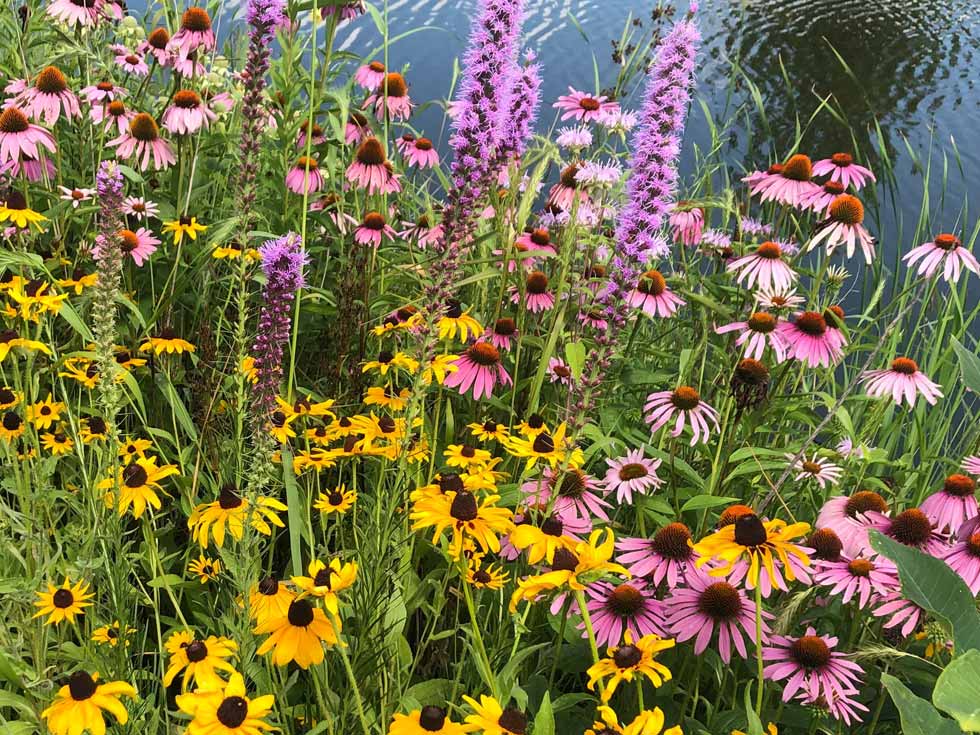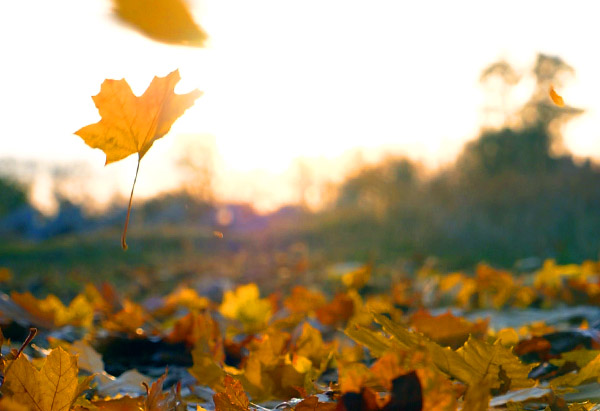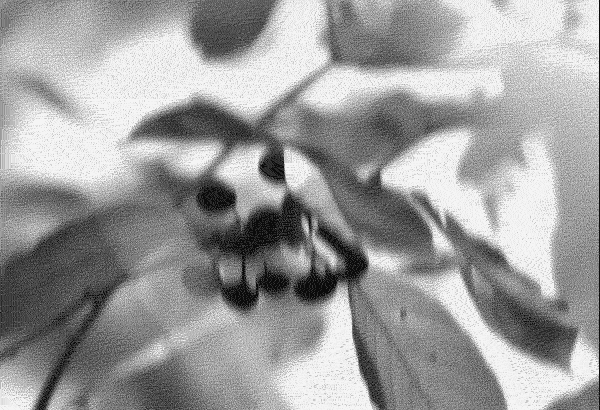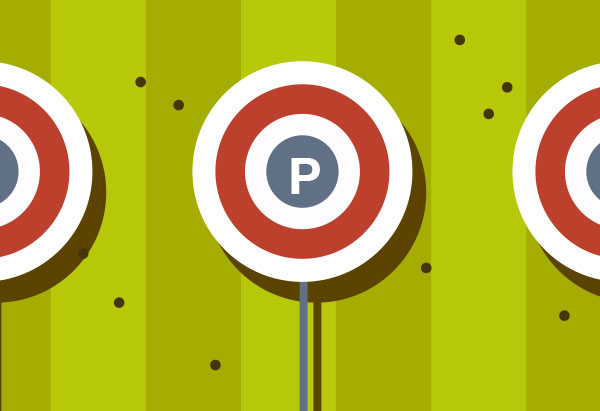Summer is a wonderful time of year for sunshine and outdoor activities. In these hot and dry months there are a few things you can do to help our natural environments. Here are some suggestions for taking care of your natural areas in the summer months.
MULCH YOUR GRASS CLIPPINGS
Mulching grass clippings provides more nutrients for your soil. As they break down, the clippings will release nitrogen, potassium, and phosphorus. These are essential nutrients that your lawn needs to stay healthy. Whatever you do, do not dump grass clippings in nearby natural areas as they will smother the native plants growing there. Keep them out of the water, too. As the clippings decompose, they can release excess nutrients that lead to algal blooms.
WATER NEW NATIVE PLANTINGS
One of the many benefits of native plants is that their deep root systems increase the soil’s capacity to store water, resulting in no need for watering. This only holds true, however, for well-established plants. If your native garden or natural area is only a few years old, you may still need to water. Take their queue and water your native plants if they are wilting.
ENSURE SAFE SWIMMING
If your lake or pond is used for swimming, periodic testing for E. coli bacteria is required if it has a public beach. If you have a private beach, testing is not required, but is highly recommended. E. coli levels tend to be highest after a heavy rain event, or when geese, or other sources of feces are present. If swallowed, E. coli can make you sick, which can be serious. Swimming beaches typically are tested every two weeks and after rain events greater than 0.5 inches.
TEST YOUR WATER QUALITY
Understanding your water quality is important to gauge the health of your water body and for making informed choices in future management. Early July is a good time for water quality testing in lakes and ponds if multiple visits are planned over the summer. The warm water causes algae and plant growth to begin, which helps indicate how the lake will perform later in the summer, when the lake is stressed from hot dry weather and dense growth. Testing for phosphorus, chlorophyll a, and water clarity can help determine the lake’s trophic state index (TSI) for the health of the lake. Dissolved oxygen profiles can determine if there is enough oxygen for fish, or if an aeration system is needed. Other tests can be performed to determine if the water is suitable for irrigation.
INSPECT YOUR AERATION SYSTEMS
Mid-season inspections of lake and pond aeration systems ensure that fountains and lakebed diffusers continue to operate properly throughout the season. Clogged air filters, unbalanced diffuser manifolds, blocked debris screens, dirty spray patterns, and algae covered light lenses not only affect how efficient the systems are at properly aerating lakes and ponds, but also affect the physical appearance and aesthetic appeal of these features.
CHECK FOR ODORS AND STANDING WATER
Does your pond smell musky? Does it have a green scum that looks like someone dumped a can of bright green paint? You probably have a blue-green algae bloom, which can be toxic to people and pets. Get assistance getting rid of it right away and, if the lake is used for swimming, close it down until the blue-green algae is under control.
CONTROL NON-NATIVE INVASIVE SPECIES
High quality habitats contain a diversity of native plant species. Herbicide application of non-native, invasive species is most effective when applied during the correct season for the targeted plant. Common invasive plants that are treated in the Midwest during the summer months include: two types of non-native cattails (Typha angustifolia and Typha glauca), common reed (Phragmites australis) and purple loosestrife (Lythrum salicaria). These plants tend to quickly take over an area, preventing the growth of native plants that wildlife needs to survive. Treatment is most successful when you first notice these plants growing and populations are small rather than once they have taken over an area.
CONSIDER A PRESCRIBED BURN
Prescribed fire is another way to control non-native invasive plants in your natural area since they are not adapted to survive fire like native plants are. If you are considering a prescribed burn this fall, you must have a written “prescription”, or permit, to do so. These can take 60 days or more, and so it is good to get started on the process now.
MANUAL REMOVAL OF PLANTS AND ALGAE
The manual removal of plants and algae that have taken over your pond or lake involves the use of a mechanical harvesting machine. The removed material can either be left onsite or taken away and disposed of at an organic recycling facility. The physical removal of this material from the water prevents the nutrients from returning to the water column as it decomposes, becoming a food source for the next round of plant and algae growth. If suitable, we typically recommend treating the water after a manual removal to help prevent the plants and algae from growing back.
ASSESS SEDIMENT LEVELS
Are you starting to see mudflats in your lake? Having trouble getting your boat out to the deeper water? Is aquatic plant growth and/or algae taking over your lake? You may need to have excess sediment removed – commonly called dredging. The first step in determining if dredging is necessary is to conduct a sediment study that shows sediment thickness in relation to the volume of the water body. Once a lake or pond is about 30 percent full of sediment, it is time to consider the long-term benefits of dredging.




